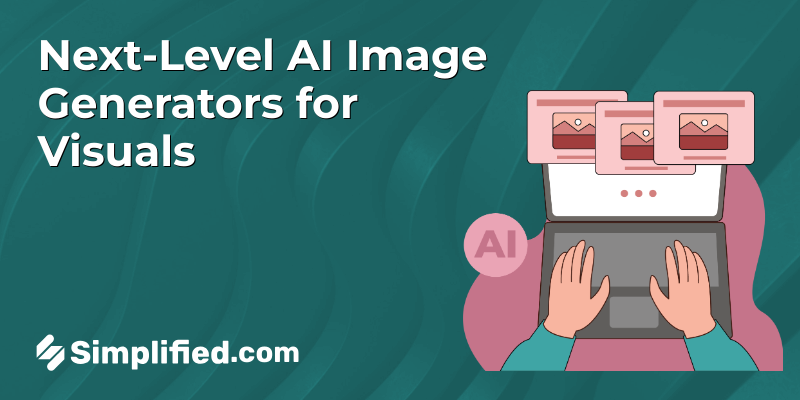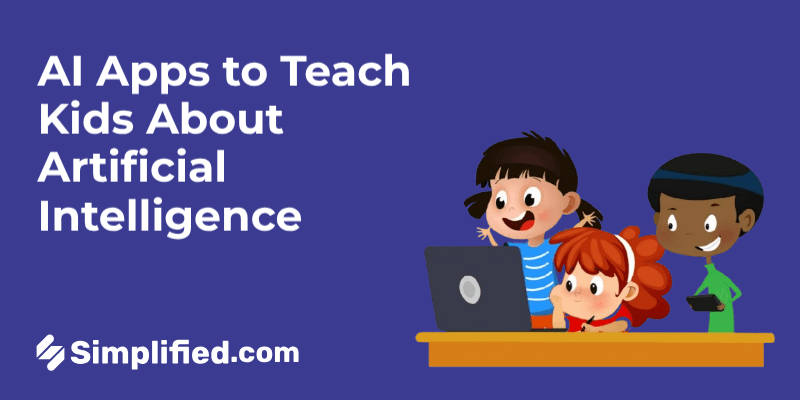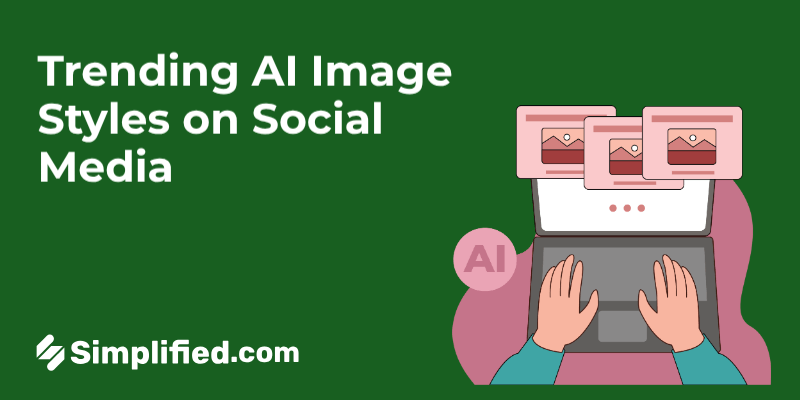
The world of photo editing has undergone significant changes through artificial intelligence by making the process faster, more intuitive, and more accessible to everyone, from professionals to amateurs. This transformation is not just a trend but a profound change in how we perceive and interact with digital imagery. AI tools now allow users to enhance photos with just a few clicks, offering results that would have taken hours of manual editing before.
The Rise of AI in Photo Editing
AI has changed the landscape of photo editing by automating tedious and time-consuming tasks. Traditional photo editing often required advanced technical knowledge of software like Photoshop or Lightroom. However, AI tools have democratized the process, making it possible for users with no design background to edit images like professionals.
With AI’s ability to understand images contextually, many tools now automate adjustments such as lighting corrections, skin smoothing, and object removal. This shift allows photographers and marketers to focus more on creativity and less on the technical aspects.
How AI Works in Photo Editing
AI in photo editing typically involves deep learning algorithms that are trained on massive datasets of images. These algorithms can identify patterns and replicate the techniques used by human editors. Here’s a closer look at the AI techniques driving photo editing:
1. Automation of Basic Edits
One of the most significant advancements in AI photo editing is automation. Basic adjustments like brightness, contrast, saturation, and even cropping can now be done automatically. AI algorithms analyze the image and suggest or implement the best settings based on the scene’s elements. This saves time and ensures that photos are optimized for various platforms.
Moreover, tools like free data recovery software have become crucial when dealing with large libraries of edited photos. Losing files is common, but these tools can help retrieve them without hassle, especially for professionals managing extensive projects.
2. AI-Enhanced Creativity
AI is also expanding the creative potential of photo editing. For instance, machine learning models can apply complex filters or styles that mimic famous artists, adjust the depth of field, or even colorize black-and-white images automatically. This feature, called style transfer, allows photographers and designers to explore new creative avenues that would have been hard to achieve manually.
Tools such as Simplified, Topaz Labs and Canva’s AI-powered filters let users create stunning visuals with minimal effort. This is particularly beneficial for those in social media and content creation industries, where speed and creativity are essential.
Bonus: 10 Amazing Tools Like Scribble Diffusion for Creative Image Effects
3. Object Removal and Addition
In the past, removing objects from photos was a laborious task that required expert knowledge of tools like Photoshop. Today, AI tools like Adobe Sensei make object removal as simple as clicking a button. The AI algorithm detects and removes unwanted objects while seamlessly filling in the background to make it look natural.
Similarly, AI tools can add new elements to a photo, such as skies, objects, or even people. These tasks, which previously required meticulous manual work, are now done in seconds. This level of control offers limitless possibilities for photographers and designers to create the perfect shot.
For those dealing with bulk edits or frequent data transfers, the risk of data loss increases. Tools for SD card recovery become invaluable in ensuring that no work is lost during these processes.
4. Portrait Retouching
One of the most popular uses of AI in photo editing is portrait retouching. AI algorithms can smooth skin, whiten teeth, and enhance eyes, all while maintaining a natural look. This is particularly useful for fashion, beauty, and wedding photography, where flawless portraits are a must.
Platforms like simplified photo editing AI specialize in portrait retouching, making it easy for anyone to achieve professional-quality results. The AI algorithms in these tools analyze facial features and automatically apply the most suitable adjustments, reducing the time spent on editing while ensuring high-quality outcomes.
5. AI-Powered Restoration of Old Photos
Restoring old, damaged photos is another area where AI is making significant strides. AI tools can remove scratches, enhance faded colors, and even fill in missing parts of an image. These capabilities are invaluable for both personal and professional purposes, from preserving family memories to restoring archival images for museums.
Google’s AI-based tools and specialized software like MyHeritage are leading the way in photo restoration. These tools not only enhance photo quality but also provide a glimpse into the future of AI-driven creativity, where even the oldest memories can be brought back to life with incredible accuracy.
6. AI in Color Grading and HDR Processing
Color grading is another area where AI is making significant improvements. AI-powered tools can automatically adjust the color balance, enhance shadows, and bring out highlights, giving photos a professional look with minimal effort. High Dynamic Range (HDR) processing, which combines multiple exposures into a single image, has also been simplified with AI, making it easier for photographers to create dynamic, well-balanced images.
AI color grading tools like those in Skylum’s Luminar offer precision editing while reducing the learning curve for users. This makes high-quality editing accessible to more people, whether they are professionals or hobbyists.
7. AI and the Future of Photography
As AI continues to evolve, its applications in photo editing are only going to expand. Future developments could include real-time editing capabilities, where AI suggests or applies edits as the photo is taken. Another exciting possibility is the integration of AI with virtual reality (VR) and augmented reality (AR) technologies, allowing users to interact with their photos in entirely new ways.
Beyond the creative aspect, data security will become increasingly important as more people rely on AI tools for their work. Having access to free data recovery software and SD card recovery solutions will be crucial for ensuring that users can protect their valuable assets, especially as file sizes and photo libraries grow.
Bonus: 7 Best AI Image Restoration Tools to Try
Conclusion
AI is the simplest way to edit and enhance photos, offering tools that make the process faster, easier, and more creative. From automating basic edits to enabling complex creative tasks like object removal and style transfer, AI has opened up new possibilities for both professional photographers and everyday users. As we look to the future, AI’s role in photo editing will continue to grow, offering even more advanced features and tools while ensuring that data security remains a top priority with tools like free data recovery software and SD card recovery solutions.
By embracing such editing tools, we can push the boundaries of what’s possible, creating stunning images in a fraction of the time. This is just the beginning of a new era in photo editing, where AI is set to become an indispensable part of every photographer’s toolkit.

























